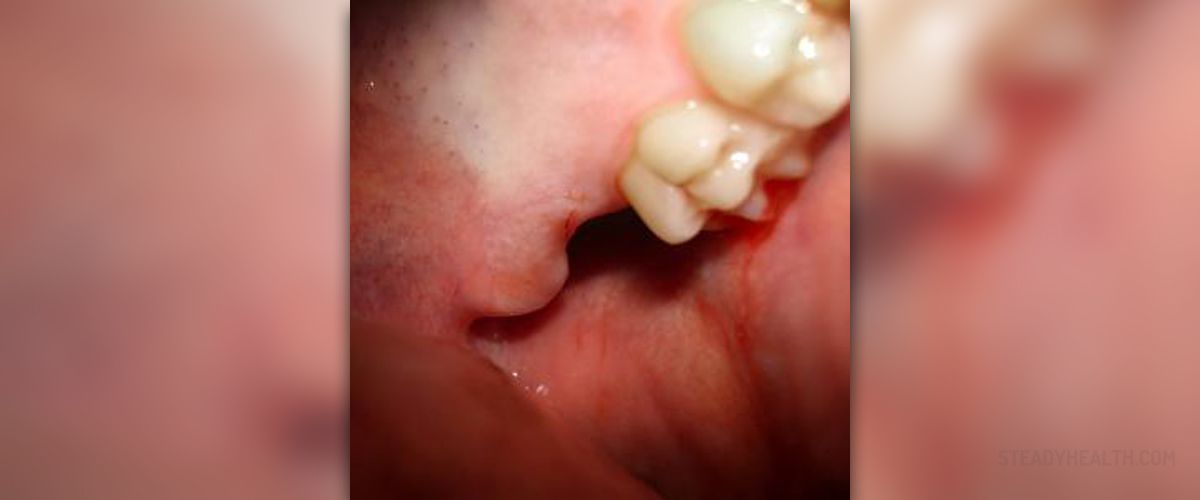
ToothExtraction Aftercare
Toothextraction will inevitably be a painful experience that may continuefor days. However, it can be a necessary procedure to prevent thetooth from constantly hurting, which will actually be worse than anextraction. After a tooth extraction, the dentist or orthodontistwill offer advice as to the correct manner to care for the affectedarea after the tooth is removed and might provide certain tools touse for this purpose. Although some tooth removal procedures arerelatively simple and cause minimal pain, extractions that requiresurgical operations can be quite complicated and painful. Thefollowing advice should help alleviate any symptoms occurring from atooth extraction.
Limitingmovement is essential in making sure the blood from the wound wherethe tooth was extracted from has a chance to clot and begin healing.Vigorous motion such as running can prevent a clot from forming andcan cause pain and severe bleeding. This begins before even leavingthe dentist's chair; sitting still for 10 to 15 minutes after theprocedure is complete is usually enough time for a blood clot to formto prevent excessive bleeding (if the operation required stitches,the time to stay still increases to around 30 minutes). Applyingpressure to the wound via a bit of gauze placed over it will help tostaunch the bleeding.
SurgicalTooth Extraction
Atooth extraction qualifies as a surgical one when a part of the gummust be cut to properly remove the tooth; wisdom tooth removal is agood example of this. After following the above steps to staunch thebleeding from the wound, make sure the wound area is kept as clean aspossible by gargling with warm (NOT hot) salt water at least 8 timesper day. Naturally, make use of pain relief medicine prescribed by adoctor or dentist as directed. When brushing around the area, makesure to do so softly and slowly in order to avoid aggravating the area aroundthe wound, and also make sure to remove any food particles that arepresent, as these inhibit the healing process by providing bacteriathat can lead to an infection.
OtherConcerns
Swellingis a common symptom of tooth extractions, depending on the type ofprocedure that was carried out. There should only be swelling on thefirst couple of days, after which the swelling should recede. If thisdoes not happen, a doctor or dentist consultation is advised, as itmay be a sign of an infection or similar problems. Swelling can beminimised with the use of ice packs applied on the area during thefirst two days. Keeping the head raised while sleeping can helpreduce the fluid build-up in the head.
Todeal with the bleeding, remember to keep constant pressure applied tothe area for a few hours after the procedure. Some bleeding willstill occur and is completely normal. Try not to spit or suck duringthe couple of days following the operation, since this can dislodge the blood clots from the wound and cause the bleeding to increase. A balledup bit of gauze can be applied to the wound to staunch the bleedingmore effectively.
Healingthe wound caused by a tooth removal can take about a week, afterwhich food can be eaten in a normal manner. Correct tooth extraction aftercareis essential to prevent any complications following the procedure.



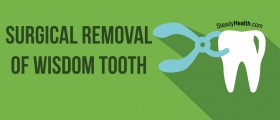

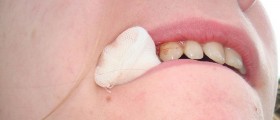

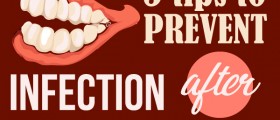
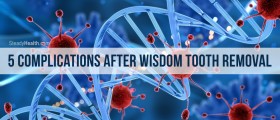

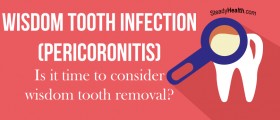
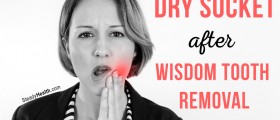




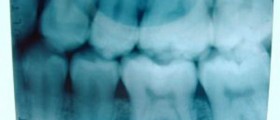
Your thoughts on this
Loading...